Program History
In March 2007, the City of Austin passed a council resolution to obtain National Wildlife Federation (NWF) community level certification. On March 12, 2009 Austin realized that goal and was recognized as a certified community during the Community Wildlife Habitat Certification Ceremony. To date, the City of Austin has 2,154 certified wildlife habitats.
The Community Wildlife Habitat project is part of the National Wildlife Federation’s Certified Wildlife Habitat™ program. These projects benefit the entire community through education, outreach and promoting the use of native plants and landscaping to develop natural habitats that attract wildlife and birds, use little or no fertilizer and require modest watering. Please click on this link to view a map of All Certified Habitats.
Though the program started with the Community Wildlife Habitat effort, our city continues to demonstrate national leadership with our continued commitment to keeping Austin wild. Since 2007, Austin has obtained many other wildlife-related certifications. In 2021, Austin was the first city in Texas to take the National Wildlife Federation's Mayor's Monarch Pledge in support of Monarch conservation. In 2022, Austin became a Bee City USA affiliate to support native bee conservation. In 2023, Austin was recognized as an official Bird City by Texas Parks and Wildlife Department and Audubon Texas for efforts in bird conservation. Austin truly is a community that recognizes the value of wildlife!
The Value of Wildlife
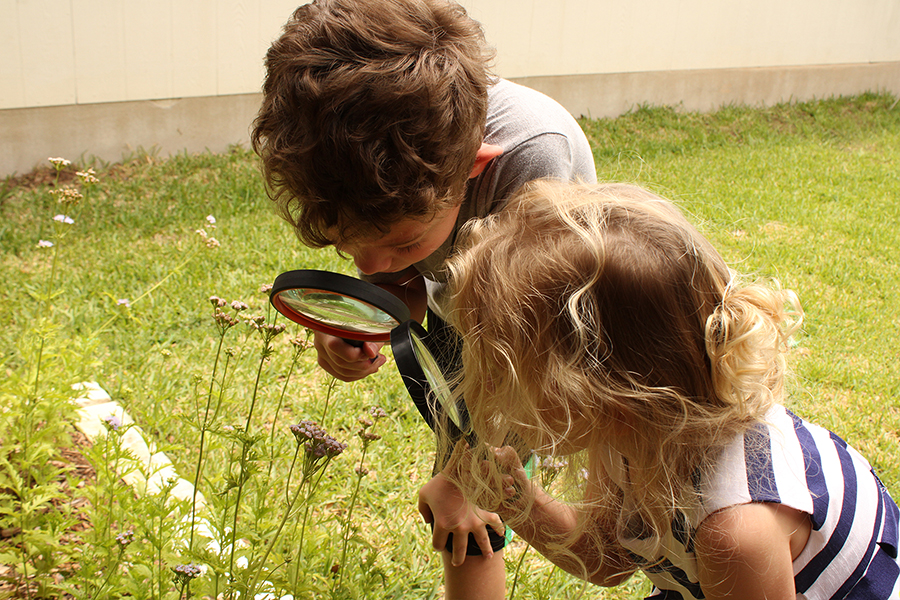
Kids studying backyard nature.
Some people believe you must go to the “hinterlands” to have great wildlife experiences. However, Austin has many wonderful parks, preserves, natural areas, waterways, and unique wildlife! Joyful wildlife experiences can even be had in one’s own yard. Wildlife Austin is a program that supports and celebrates Austin’s biodiversity and helps citizens enjoy positive wildlife experiences.
%203x2.jpg)
Corporate campus with native prairie restored on the grounds.
Evidence from economics, psychology, criminology, medicine, etc., indicates that society benefits from positive interactions with native habitat and wildlife. Employees are happier, healthier, and more productive when companies have natural areas on site. People heal faster with natural views out their windows. People prefer cities that feel natural rather than overly manicured.
The Problem
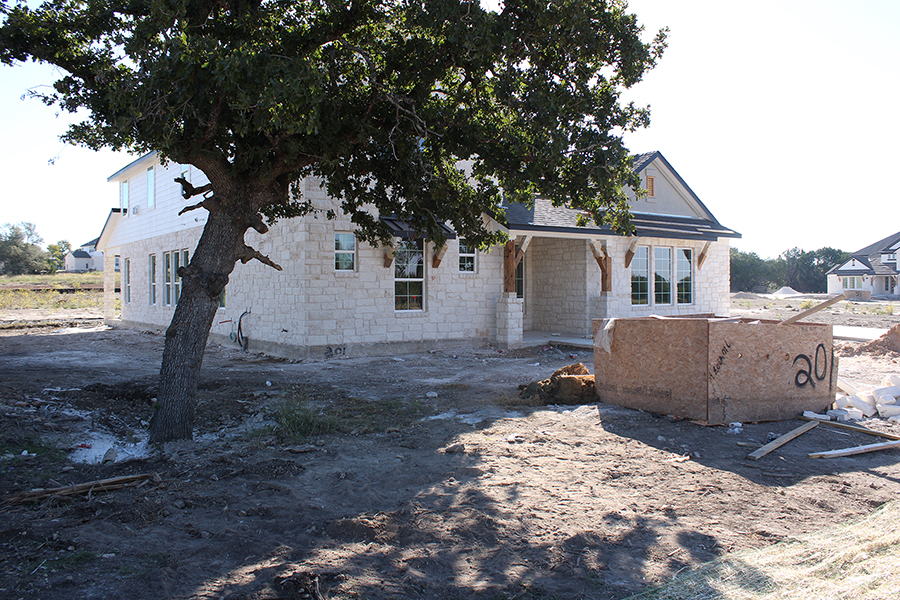
Traditional development impacts soil, vegetation, and water drainage.
Unfortunately, traditional development processes impact natural habitats and alter wildlife populations in predictable ways. Soil and vegetation are often altered during development.
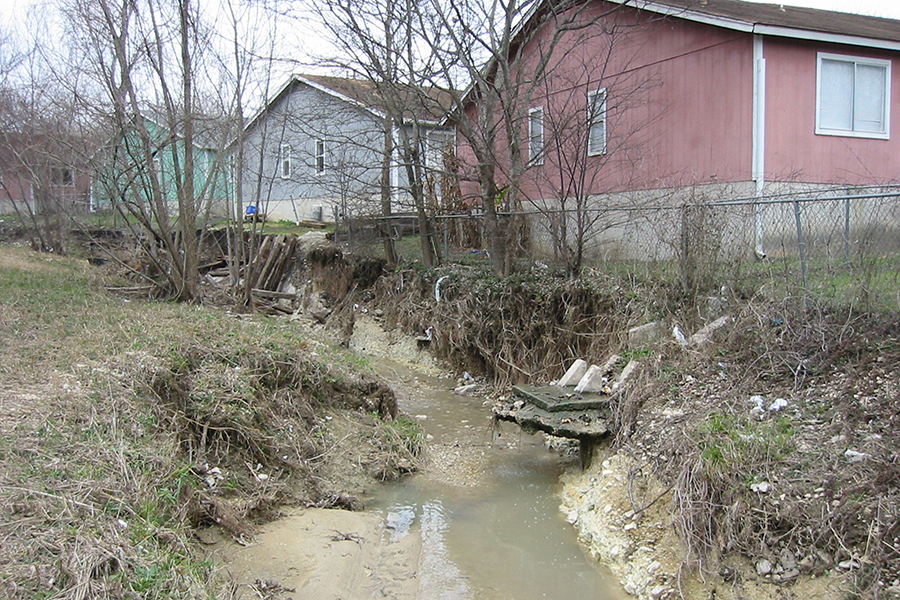
Urban streams are often negatively impacted.
Local drainage patterns are changed and impervious surface increases, significantly changing the health of urban streams and resulting in reduced water quality, increased flooding, and stream channel degradation.
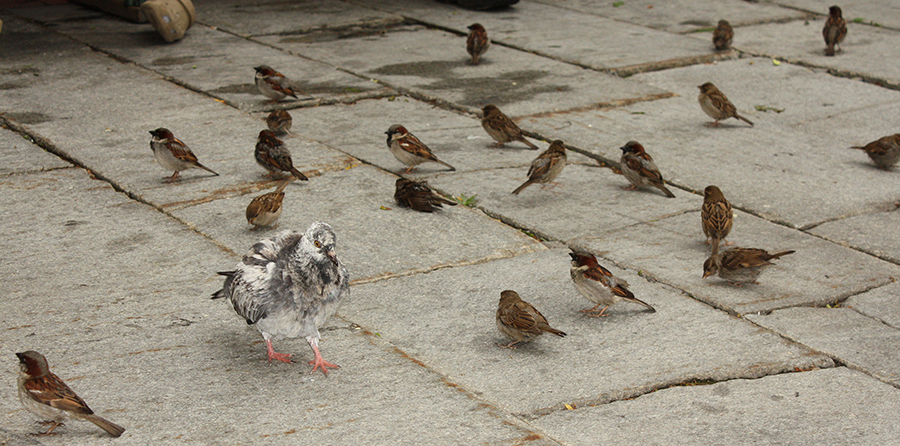
Exotic species like English sparrows and European Rock Doves (pigeons) are common in cities.
Often, vegetation planted after development is not native to Central Texas. When these impacts are combined, we are often left with a post-development landscape that supports fewer native species than before while also promoting exotic species that proliferate to nuisance proportions.
The Solution
The good news is… problems we create, we can fix! Fortunately, Austin is a leader in Texas when it comes to “green” city practices. City staff manage large nature preserves for “ecosystem services” like clean water, clean air, and wildlife habitat.
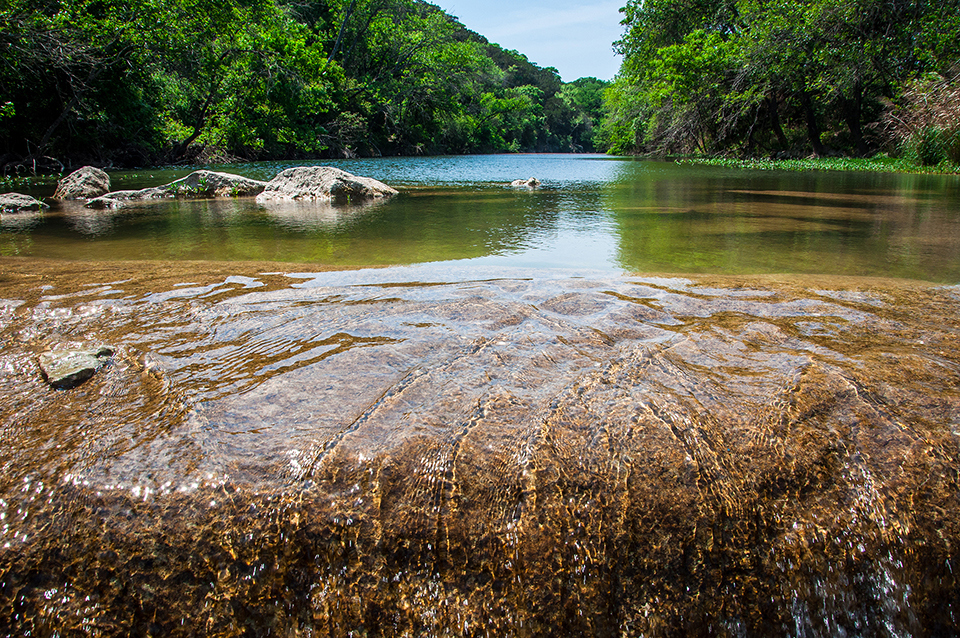
Healthy natural areas provide ecosystem services like clean air, clean water, and wildlife habitat.
Planners and designers work to make the built environment more wildlife-friendly. City leaders enact policies that encourage citizens to do good things for nature on their own property. Austin actively pursues wildlife certifications and is a Bee City USA affiliate, a Bird City Texas awardee, a Community Wildlife Habitat (certified by the National Wildlife Federation), and a proud participant in the Mayor’s Monarch Pledge sponsored by the National Wildlife Federation.

We are fortunate to live in a wildlife-loving community. But to ensure that we all have a bright future in Austin, everyone must play a role. Hopefully, you will find information here to help you play your part.
Resources
Council Resolutions Related to Wildlife Austin Work



%203x2.jpg)




